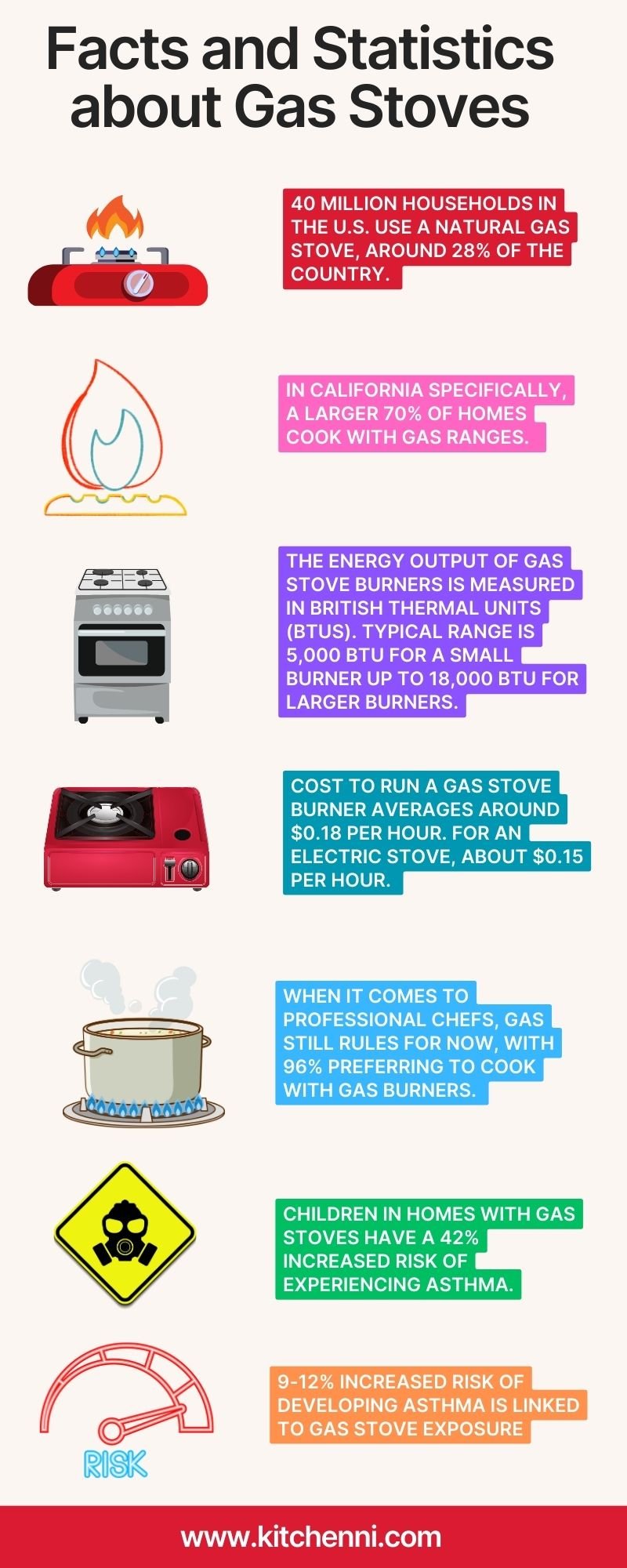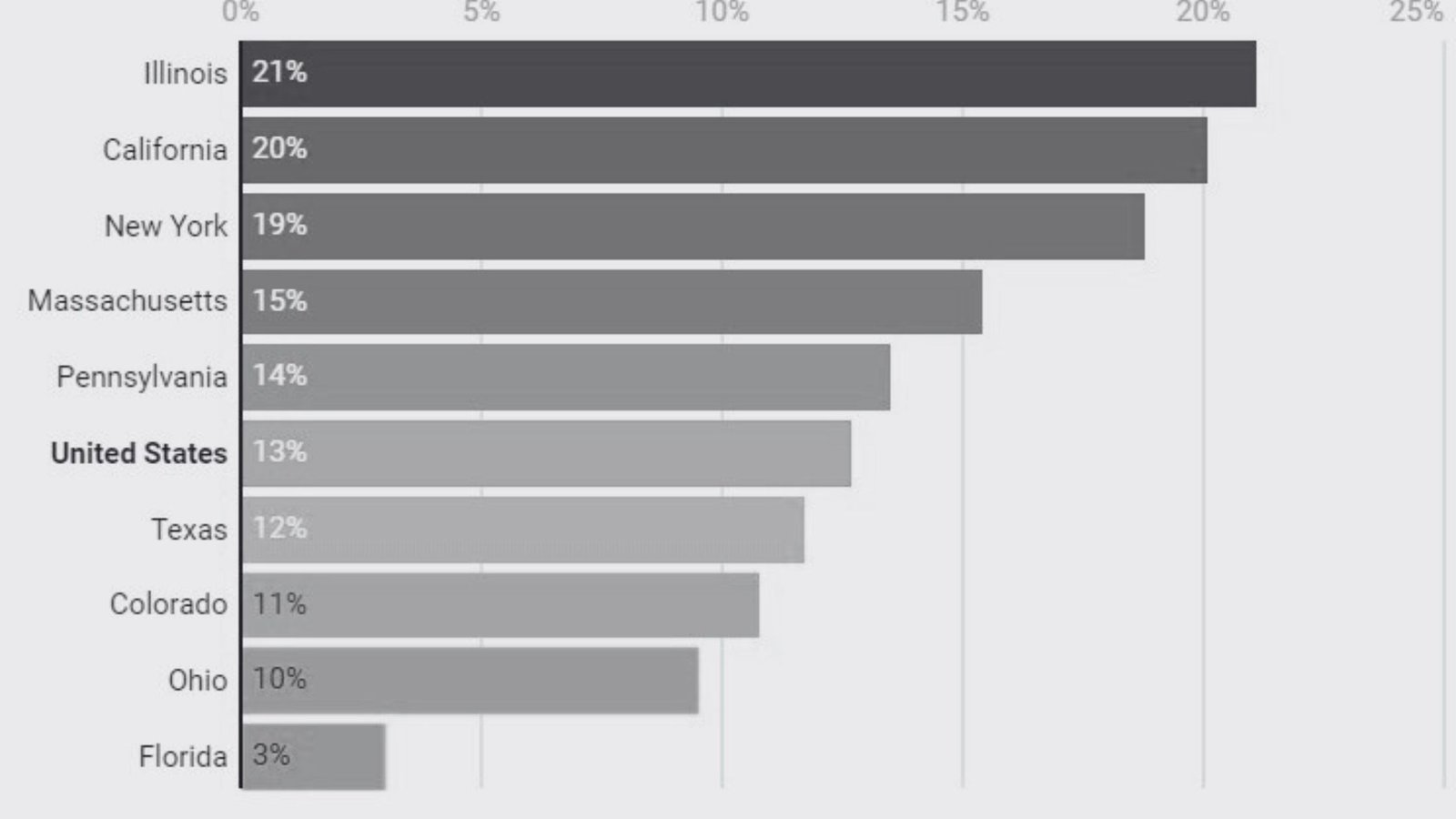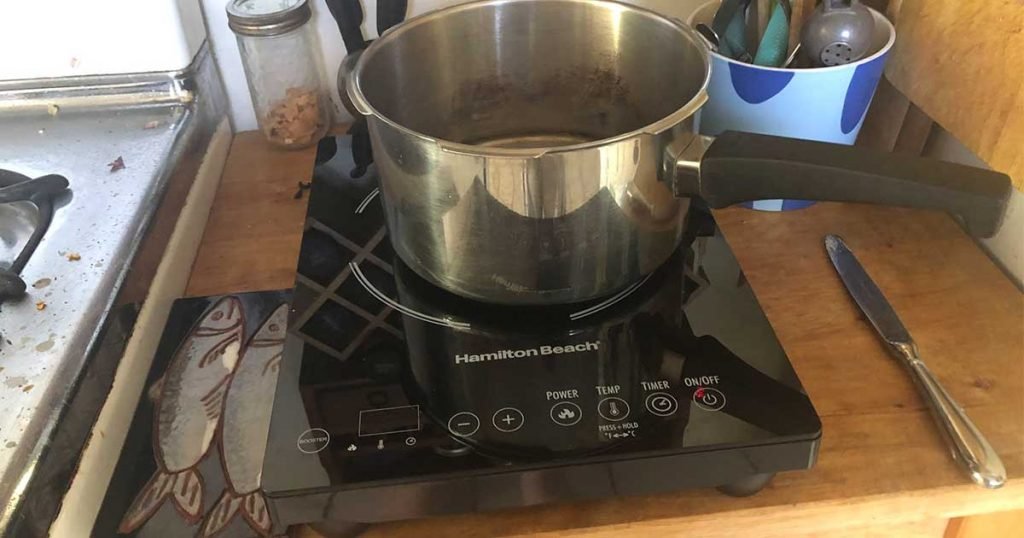Yes, they do. Behind those flames is a threat you should be cautious of – Carbon monoxide (CO). This odorless gas can silently fill your home and become lethal over time. Research shows that exposure to CO can increase your risk of cardiovascular diseases, especially if you suffer from coronary heart disease.
But what do you know about this gas? Should you be worried in the first place? We are going to cover it all here, so read on!
And remember, with the right alarms and awareness, you can keep CO dangers at bay. Check out our review on gas stove leak detectors and pick a model so that you can see the danger coming and stop it before it’s too late.
Before we go any deeper, here are some gas statistics to ponder on:
Can You Get Carbon Monoxide Poisoning From a Gas Stove?
Yes. If you don’t have an alarm system to alert you, use poor ventilation or don’t even maintain your gas stove, carbon monoxide can accumulate in your home silently to a point that it’s unmanageable.
Gas stoves and ovens can be sources of dangerous CO in your home when:
- Burners or pilots emit CO from poor or incomplete combustion
- Appliances leak CO through cracks or from faulty burner connections
- A dirty oven burner struggles to ignite, releasing CO
Are You At Risk?
Absolutely. Everyone is.
However, children, pregnant women, the elderly, or those with circulation issues fall into higher risk groups for CO poisoning. Even healthy adults aren’t safe, especially if they get extreme exposure.
Here’s a case with kids:
Studies analyzing household gas stove emissions show concerning statistics:
- CO levels can spike over 100 ppm above stoves while cooking, exceeding short-term exposure limits
- Homes with gas stoves have average indoor CO readings up to twice as high as homes with electric stoves
What Can You Do to Protect Yourself?
Follow these key tips to guard against carbon monoxide from your gas appliances:
- Install UL-certified CO alarms on each level as backups to ventilation flaws
- Have your gas stove serviced annually to catch cracks or leaks before they escalate
- Replace old gas appliances like ovens or rusted cooktops with new safety-certified models
- Never ignore symptoms like headaches, dizziness, or flu-like illness which can indicate CO poisoning
Ventilation Can Help But Isn’t Enough
You shouldn’t overly rely on vent hoods alone to prevent excessive gas stove exposures. CO sensors provide an independent safety net.
While the code mandates mechanical kitchen ventilation to get rid of gases, it comes with some limitations:
- Low fan speeds simply recirculate CO-filled air rather than fully replacing it
- Ductless fans lack the power to expel gases outside before concentrations rise
- Loose filter housings, leaky ductwork, and blocked exterior vents choke airflow
The Bottom Line
With the right gear like alarms and annual servicing – plus safe cooking habits keeping pots centered over flames – you can enjoy gas stoves reasonably and safely. Still, the only way to truly eliminate the risk of CO poisoning is switching to electric ranges. If you have young kids, now may be the time to upgrade.
Common Questions
Do gas stoves emit carbon monoxide when turned on?
Yes, gas stoves release some CO during normal burner ignition as combustion begins and exhaust gases contain small amounts. Larger leaks raise dangers.
Is it dangerous to cook with gas burners?
Reasonably safe when appliances are well-maintained, vented outside, and monitored for leaks. But gas cooking lacks the zero-emissions safety of electric. Exercise reasonable caution.
What should carbon monoxide levels be around gas stoves?
Exposures near gas stoves while cooking should be kept below 9 ppm CO over 8 hours. Brief limited spikes are typical during lighting which should not persist.
Can old gas ovens cause carbon monoxide poisoning?
Yes, gas ovens over 15-20 years old risk heat exchanger cracks and door seal leaks allowing CO to spill into kitchens. Replace dated ovens.
Do range hoods vent out carbon monoxide?
Effectively installed range hoods can capture and redirect some CO released near burners outside. But ventilation can’t fully eliminate gas appliance pollution risks alone.





